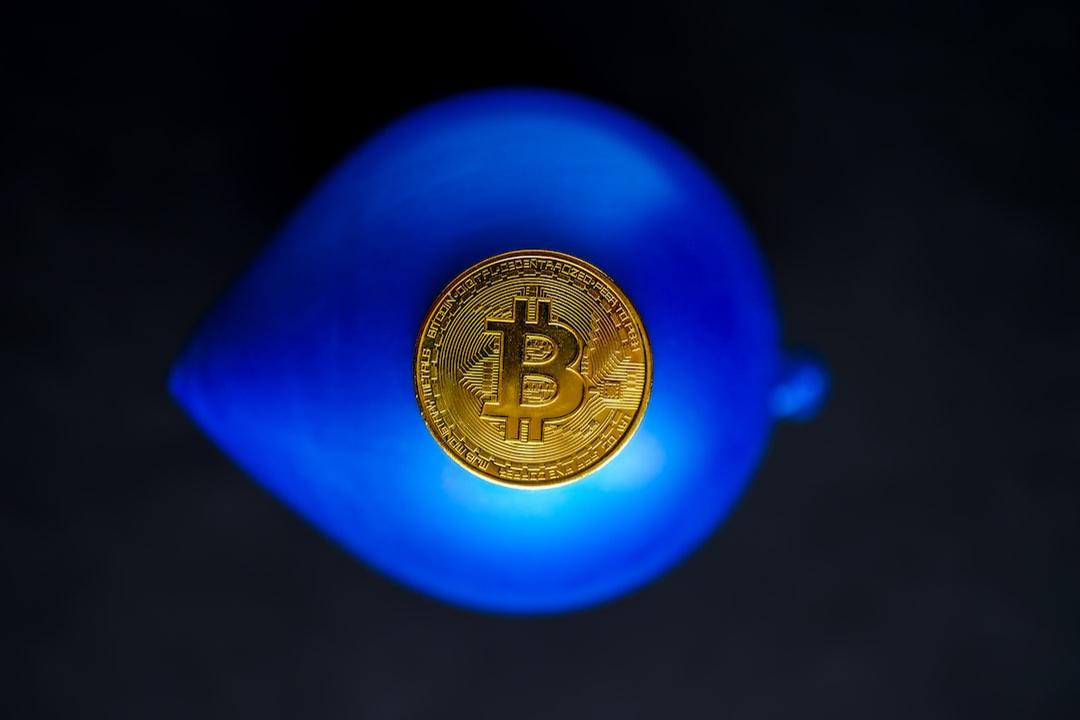Pectra upgrade symbolizes significant advancements in Ethereum’s scalability and security; however, the final confirmation issues on the Holesky testnet highlight potential challenges in the upgrade process. Nevertheless, ETH whales seem to maintain an optimistic outlook regarding Ethereum’s future.
(Will the “Golden Decade” of Ethereum arrive in 2025? The community proposes several revolutionary predictions: ETH price may reach $15,000)
Challenges Encountered on the Holesky Testnet, Developers Seek Solutions
The Ethereum development team successfully initiated the Pectra upgrade on the Holesky testnet at 16:55 EST yesterday, marking an important testing phase before the upgrade proceeds to the mainnet. However, despite the timely initiation of the upgrade, the network has yet to complete finalization since its launch, and developers are actively investigating the root cause.
As a critical testing environment for Ethereum, the Holesky testnet is designed to simulate real network conditions, allowing developers to address potential issues in a controlled environment. The Pectra upgrade was activated on the Holesky testnet at epoch 115,968, signifying the official entry into the stress testing phase.


However, blockchain explorers indicate that the slots have not yet reached the final confirmation state since the upgrade was initiated. The development team is currently conducting in-depth analyses to ensure the smooth progression of future tests and mainnet upgrades.
(Note: In Ethereum’s blockchain, an epoch represents a time frame during which a group of validator activities occurs; each epoch consists of 32 slots, and each slot lasts 12 seconds. In other words, each epoch lasts approximately 6.4 minutes.)
Next Steps for the Pectra Upgrade: Moving to the Sepolia Testnet
According to the Ethereum developers’ plan, the next step for the Pectra upgrade will commence on March 5 on the Sepolia testnet. However, if issues on the Holesky testnet persist, the development team may delay the Sepolia upgrade to ensure that technical problems can be resolved and more thorough testing can be conducted.
Assuming that both the Holesky and Sepolia tests are completed successfully, the Ethereum team will determine the exact timing for the mainnet upgrade, which is expected to go live as early as April.
(ETH circulation back to pre-The Merge levels! Blobs mechanism leads to insufficient destruction; is Ethereum becoming more useful while ETH becomes more disappointing?)
Important Improvements from the Pectra Upgrade
The Pectra upgrade aims to enhance Ethereum’s scalability, security, and usability, including the following key changes:
– EIP-7702: Improving user experience for crypto wallets and Account Abstraction.
– EIP-7251: Increasing the maximum staking limit for validators from 32 ETH to 2,048 ETH.
– EIP-7691: Doubling the maximum number of blobs to enhance Rollup scalability.
This upgrade follows the Dencun upgrade in March 2024, during which blob technology was introduced to significantly reduce transaction fees on L2 networks.
(Report: What are the main risks of the Ethereum Pectra upgrade?)
Optimistic Market Outlook for ETH, Whales Continue Accumulating
In addition to the progress of the Pectra upgrade, the market maintains an optimistic view on the future trajectory of ETH. Ki Young Ju, founder of the data firm CryptoQuant, shared several bullish insights:
– Following the Bybit exchange hacking incident, the market has not shown significant selling pressure, and on-chain and market data remain neutral.
– Ethereum controls 56% of the stablecoin-based trading pair market; if former President Trump eases crypto regulations, it is expected that more enterprises will utilize ETH-based stablecoins and smart contracts by 2025.
– The ETH spot ETF has been approved, and favorable regulations may trigger a “massive ETF altcoin season,” driving ETH prices up this year.
Additionally, data analyst Kate The Alt pointed out that whales continue to accumulate ETH, with the number of wallets holding between 10,000 to 100,000 ETH increasing by 24% over the past year, primarily due to transfers from wallets holding less than 1K ETH:


Currently, the average cost basis of accumulated ETH addresses is approximately $2,199, while the current market price is $2,505, indicating that whales are still actively accumulating ETH.
The initiation of the Pectra upgrade on the Holesky testnet is a significant step in Ethereum’s development. Despite facing challenges at present, the influx of funds from on-chain whales suggests that the ETH market is buoyed by ETF approvals and favorable regulations, reflecting confidence in ETH.
In the coming months, whether Pectra can successfully launch on the mainnet and whether ETH can break free from “stablecoin” ridicule will be focal points of market attention.
Risk Warning
Investing in cryptocurrencies involves high risks, and their prices may be highly volatile, which could result in the loss of your entire principal. Please carefully assess the risks.

